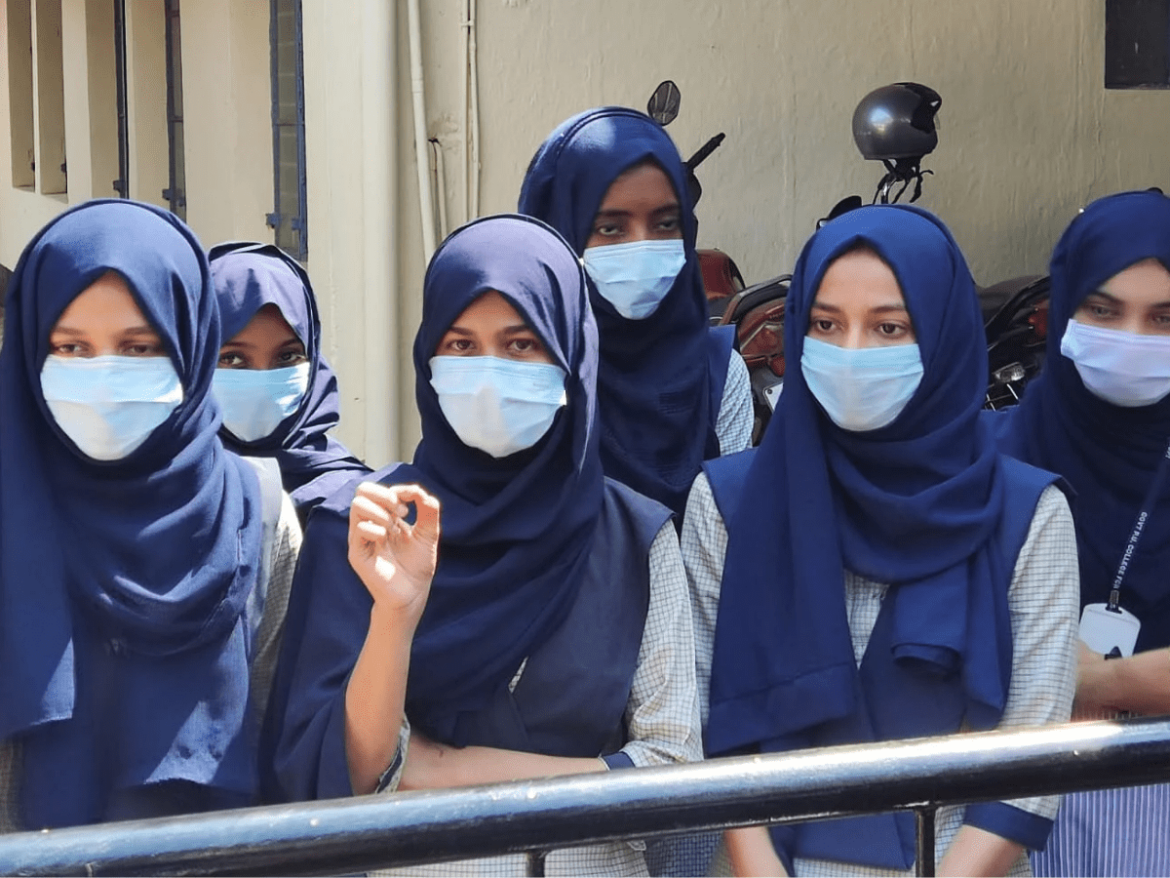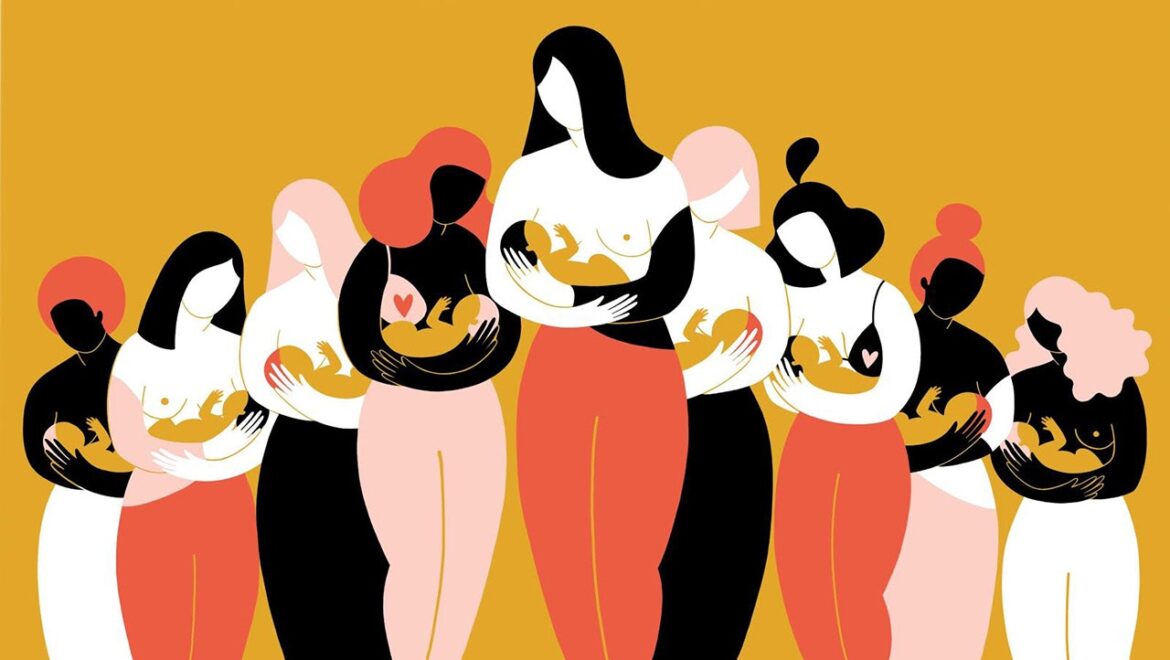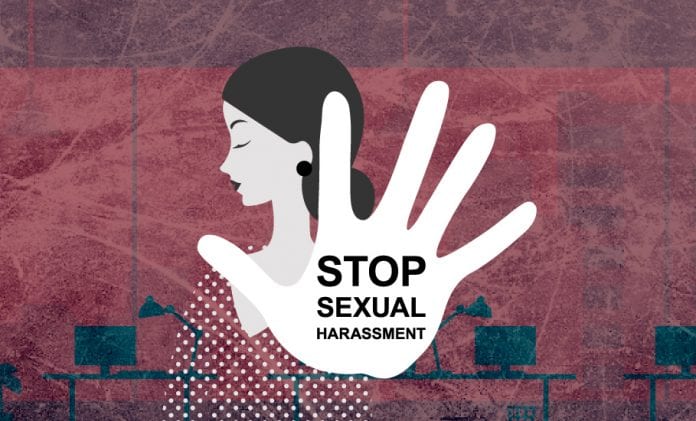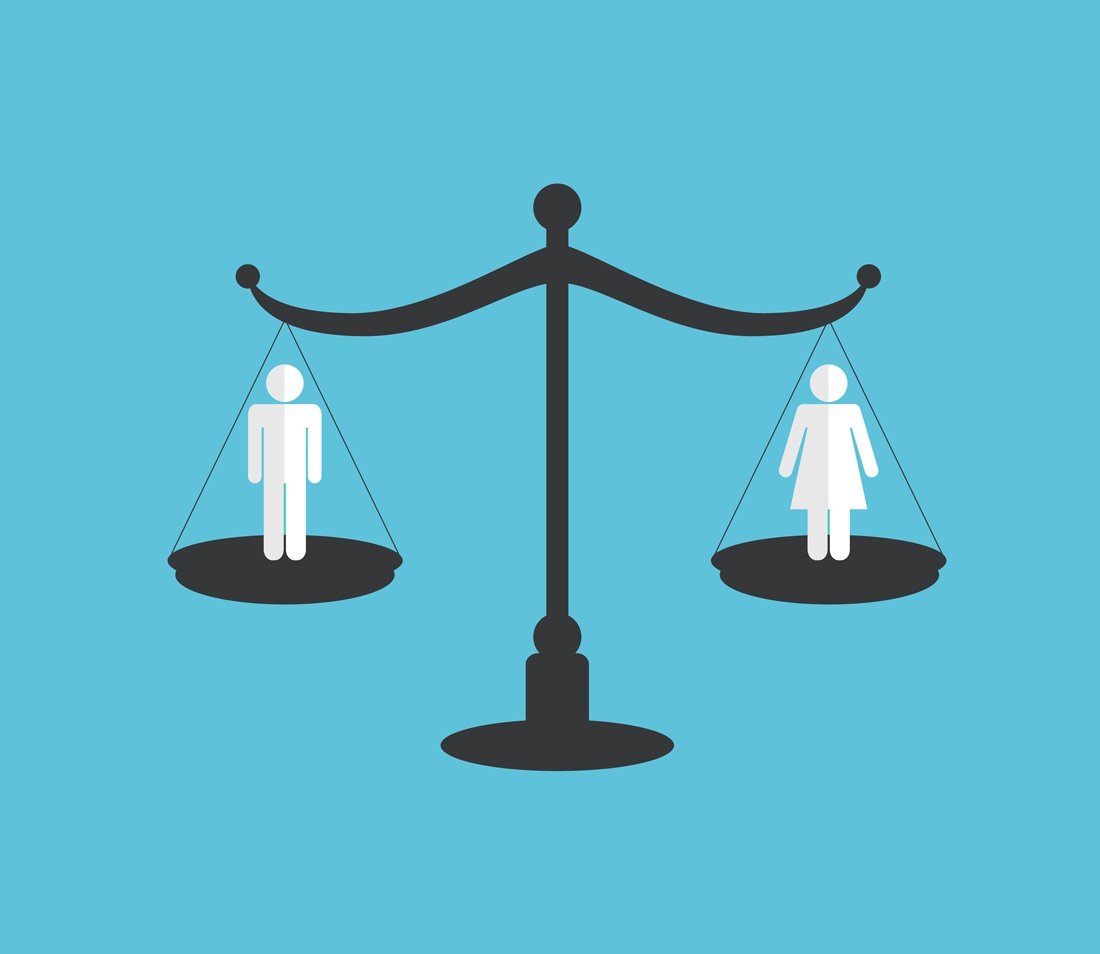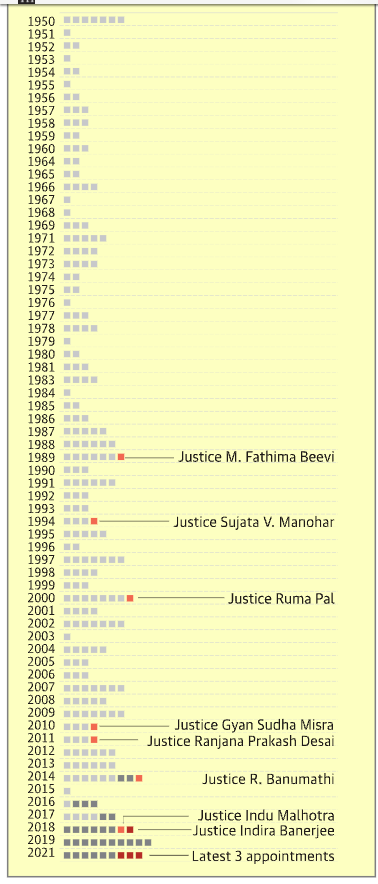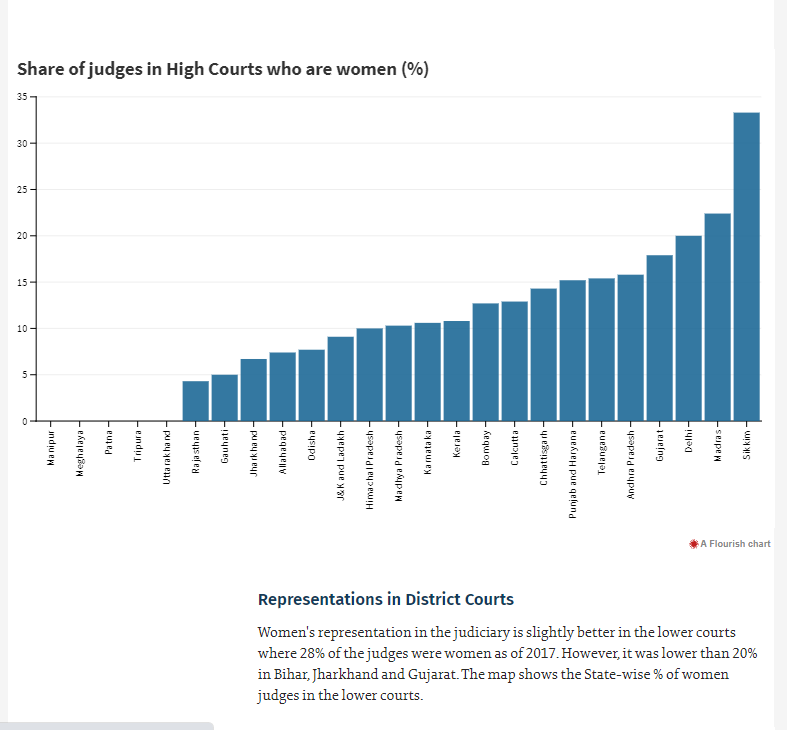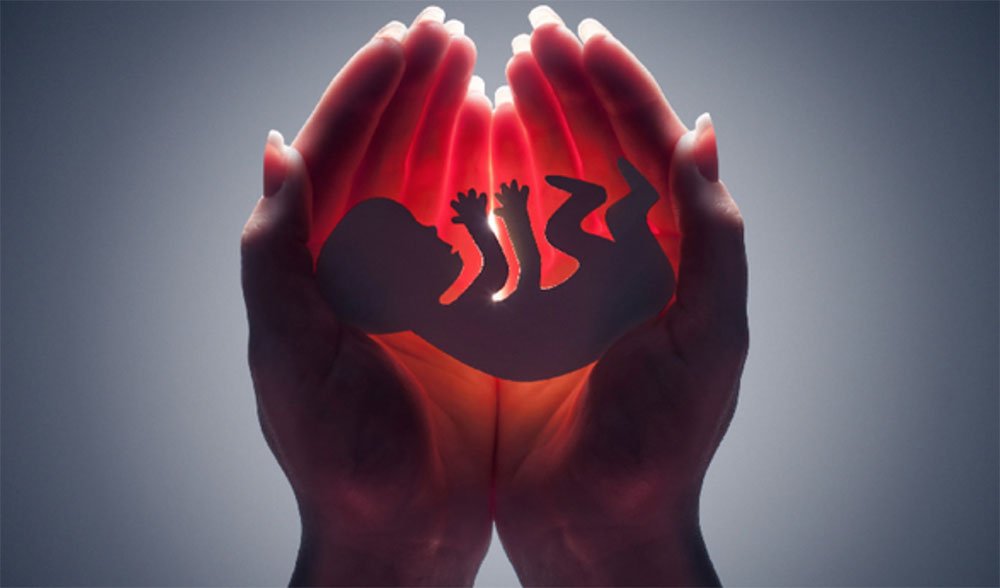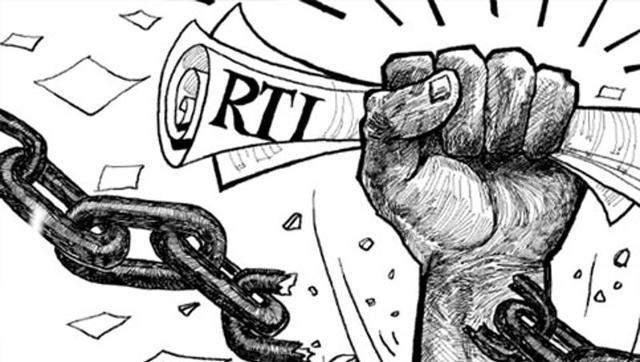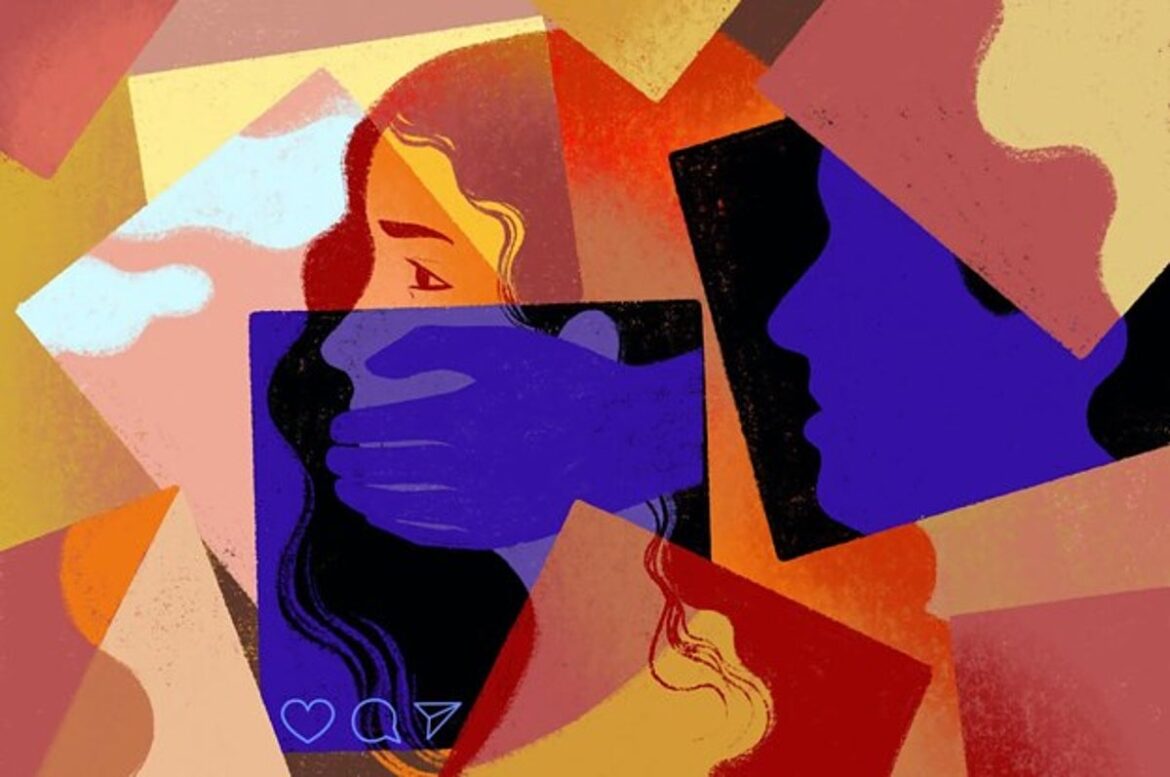By Lauren Prem
The marital rape exception (referred to as the ‘MRE’ by the Delhi HC) has been a contentious issue in the legal world. The introduction of new criminal laws, that have come into effect on 1st July, have fuelled the debate further. The Bhartiya Nyaya Sanhita (hereinafter referred to as the ‘BNS’), as the ruling government claims, intends to wipe out archaic traces of the colonial era embedded in the IPC. However, marital rape being retained in the new law, as an exception to the rape offence, has attracted criticisms that question the very purpose of the criminal law overhaul in the country. This article aims to evaluate judicial views on this matter while making a strong case for deleting the MRE to uphold individual liberty.
What Does The BNS Say?
Clause 63 of the BNS provides for an exception to rape which states that ‘sexual acts by a man with his own wife, the wife not being under eighteen years of age, is not rape.’ The corresponding provision in the IPC that also provides for MRE uses the term ‘the wife not being under fifteen years of age’ in place of ‘the wife not being under eighteen years of age.’ Hence, the only change in the BNS has been an increase in the wife’s age from fifteen to eighteen to avail the exception. Basically, the judgement in Independent thought v UOI, (AIR 2017 SC 4904) has been reaffirmed by increasing the wife’s age to eighteen. However, BNS still retains the crux of the provision in the IPC as regards MRE, that was a subject of heavy debate and criticism.
Judicial Opinions And The Test Of Constitutionality
The judicial views in this matter are divergent and rarely reflect any consensus. Due to this, the matter was raised before the apex court. The recent petition Hrishikesh Sahoo v. State of Karnataka (Case no. SLP(Cr.) 4063-4064 of 2022) challenging the MRE, to be heard by CJI DY Chandrachud and Justices J.B. Pardiwala and Manoj Mishra, is currently pending before the apex court. This part of the article aims to examine the previous arguments considered by the courts regarding the MRE and analyse the validity of judicial opinions in light of fundamental rights enshrined in the constitution.
The Supreme Court, has thus far, failed to settle the issue regarding the constitutionality of the MRE, even when the opportunity presented itself in the Independent Thought v. Union of India and Anr. case (AIR 2017 SC 4904). In this case, the Supreme Court limited itself to the question as to whether sexual intercourse between a man and his wife being a girl between 15 and 18 years of age is rape? Exception 2 to Section 375 of the Indian Penal Code, 1860 (the IPC) answers this in the negative. The Supreme Court held that sexual intercourse with a girl below 18 years of age is rape regardless of whether she is married or not. However it refused to conside the issue of whether sexual intercourse with one’s wife, who is above 18 years of age, without her consent, amount to marital rape.
The Delhi High Court (2022) in a recent case, however, has delivered a split verdict after receiving four petitions challenging the constitutionality of the MRE as violative of articles 14, 19(1)(a) and 21. This case challenged the MRE provision in the IPC, which is slightly different from the corresponding BNS provision in the aspect of the wife’s age. In this case, while Justice Rajiv Shakdher held in favour of declaring Exception 2 to Section 375 of IPC as unconstitutional, Justice Hari Shankar ruled against striking down MRE. Justice Shakdher amongst many arguments he gave in favour of declaring MRE unconstitutional, also said – while sex workers have been invested with the power to say ‘no’ by law, a married woman has not. This petition is now challenged before the Supreme Court.
Two major contentions presented in the petition are relevant for the MRE provision in the BNS as well. Firstly, the MRE is violative of article 14 as it metes out different treatment to married and unmarried women as regards the offence of rape. Secondly, the MRE violates the right to bodily autonomy of a woman read under article 21 – right to life. Thirdly, the MRE is violative of the right to freedom of speech and expression under article 19(1)(a) as this right encompasses within itself, the right of a woman to assert her sexual autonomy. Justice Rajiv Shakdher ruled in favour of the Petitioners.
On the other hand, Justice Hari Shankar in this dissent relied on two major arguments. Firstly, the MRE is not violative of article 14 because there is a reasonable classification made under the said article. In other words, the distinction between married and unmarried women as regards the offence of rape, is a reasonable as well as a permissible classification.
The doctrine of reasonable classification consists of two ingredients – the classification made between two classes must be intelligible and there must be a nexus between the classification made and object sought to be achieved by such classification. Further elaborating the argument, he held that the classification between married persons and unmarried persons is intelligible and that the classification bears a nexus with the object of preserving the sanctity of marriage as an institution. In simple terms, he suggests that a husband cannot be termed as a ‘rapist’ as it would erode the sanctity of marriage as an institution, thereby indicating his inclination towards placing marriage at a higher pedestal.
Secondly, the Attorney General representing the state argued that the MRE is not violative of a woman’s right to bodily autonomy as there are other remedies like divorce, available to the affected wife (para 312). The Attorney General argued that the MRE is not violative of a woman’s right to freedom of speech and expression because consent for sexual intercourse obtains permanence through marriage itself.
The verdict passed by the judges reflect opposing views, representing two sides of the debate concerning the MRE.
Additional Arguments And Commentary
The arguments advanced by the Attorney General representing the state, reflects a tilt towards the institution of marriage and a failure to strike a balance between protecting state institutions and upholding individual rights. One of the broad arguments advanced by the Attorney General is that the husband acquiring consent for sexual intercourse is ‘not in conformity with the Hindu religion.’ Criminal laws in India are secular and are framed based on how a particular society views crime, rather than catering to the needs of any particular religion. Using religion as a means to propel state-sanctioned violence will destroy the secular fabric of our nation.
Justice Hari Shankar, in his judgement, mentions that judges must honour the legislature’s exclusive domain and refrain from meddling with the MRE as it was drafted with a purpose of protecting the institution of marriage. However, striking down the provision as unconstitutional, is well within the domain of the judiciary – an institution tasked with playing a watchdog role to protect the constitution.
Several judges have used the same reasoning regarding the ‘limits of judicial powers’ to refrain from addressing the MRE issue. The legislature, in drafting the BNS act, severely missed an opportunity to resolve this long-standing issue and uphold women rights.
Conclusion
This article has explored various facets to the Marital Rape Exception (MRE) debate – one that has erupted once again since the effectuation of the new criminal laws on July 1, 2024. There is a strong case for its deletion on grounds that it hinders women from completely exercising their rights. The MRE dilemma adds perplexity to the legal debate especially that the debate involves consideration of social perspectives, such as what social institutions like marriage mean. Additionally, debate sheds light on the need for stronger judicial voices – ones that uphold fundamental rights guaranteed under Part III of the Constitution, rather than being held back by obsolete societal norms that handicap women entering social institutions, from accessing justice.



